Introduction
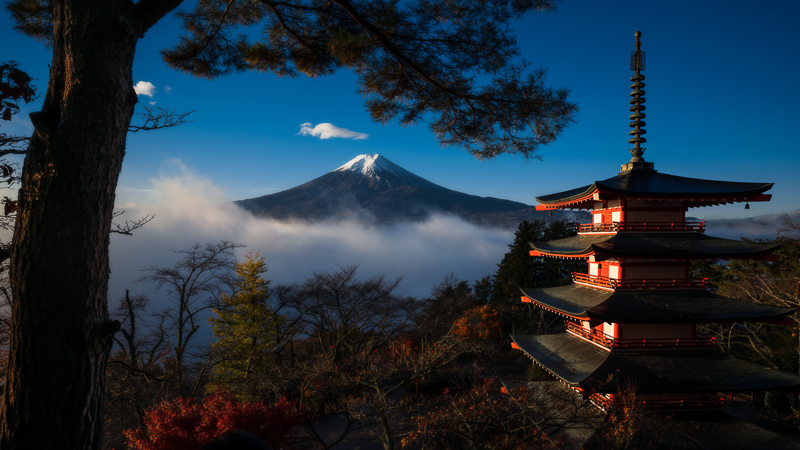
I love travel photography, going to exotic places and exploring landscapes and cities different from those I can find back home. But when you travel somewhere far away what you mostly do is checking before what are “the best” spots, hoping for decent weather only to actually end up at a totally overcrowded landmark with lots of other photographers, fighting for a good spot and hoping to not have too many tourists in the picture.
In this article I will try to show some alternatives that might not be as exotic, but can nevertheless be just as enjoyable and in the process might also improve your photography skills more than just “collecting” the shots from other photographers.
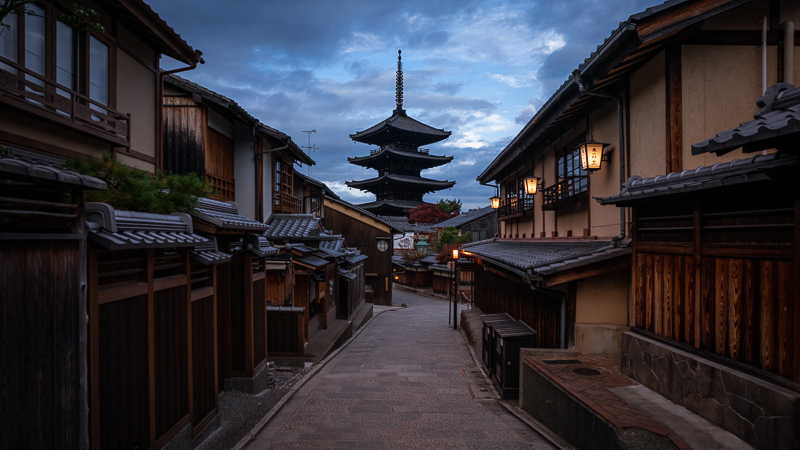
I do not want to discuss mass tourism here and unlike many other photographers I do not think that someone with a camera has more right to be somewhere, that warning signs should not apply to photographers, or that all the other tourists have to give way as soon as someone pointing a camera at something is around.
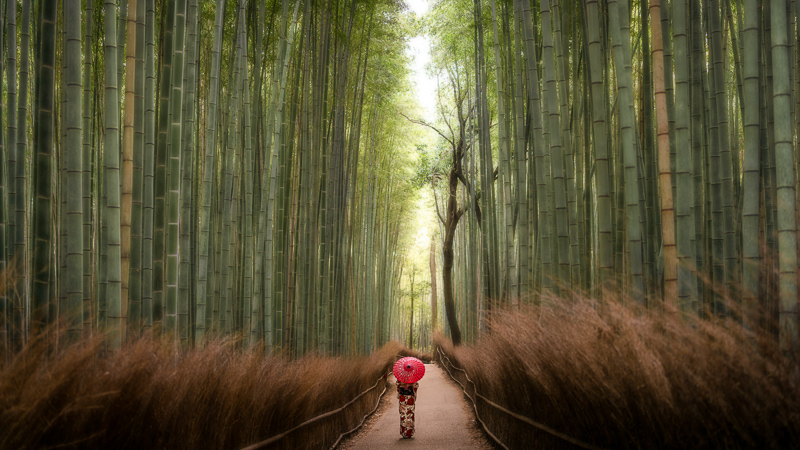
But especially after visiting some of the more famous spots in Japan in 2019 I was really asking myself how enjoyable it actually is to wake up at 5 am only to try to block a spot at a famous sight and wait there 2 hours for the sun to rise or queueing up in front of a temple at least one hour before it opens and then running for the famous spots to have maybe 30 seconds to take a picture without anyone in the frame (which sometimes means going through that process twice, one time to “scout” the place, a second time to go directly where you want to go).

But then, before I could actually try to answer that question to myself, the pandemic hit in early 2020 and long distance travel became pretty much a no-go. And for longer than I was expecting at that time I want to add. And this obviously had a major influence on my photography as well.
So today I am going to tell you what I took pictures of in the meantime – and where – and then we will have a closer look what might be possible near you.
What I found
Let us start with what I found in the building I live in, meaning about as close as it gets, then we have a look at the street I live in and after that we move towards the city borders.
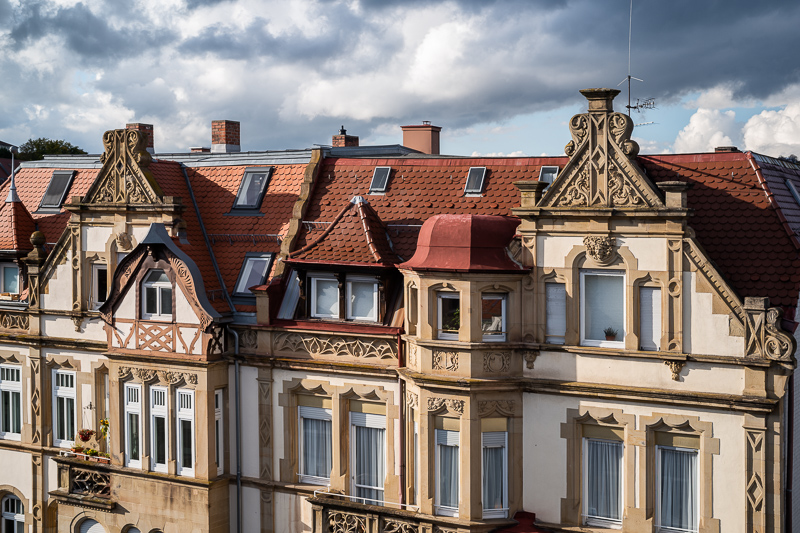
When you spend a lot of time at home and you look through the windows you always see the same scenery, but if you pay closer attention you notice how the light and the weather conditions change and suddenly a building you considered boring can become interesting and a worthwhile subject.
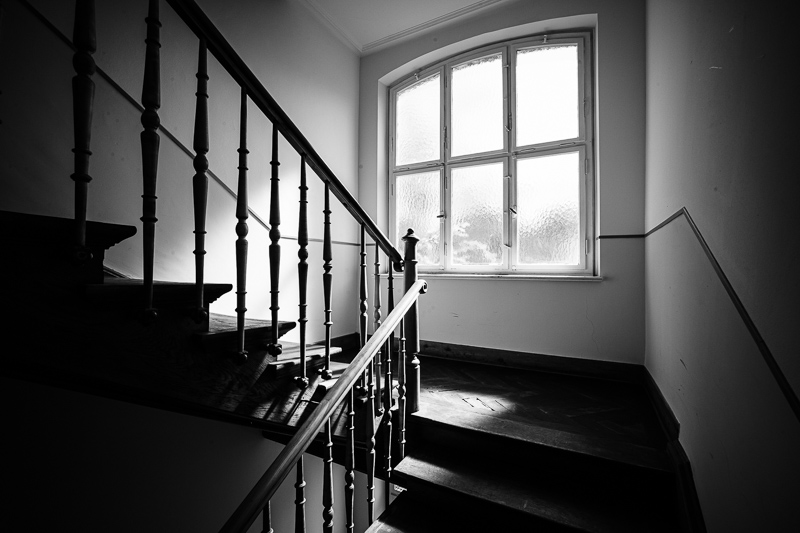
The staircase you use several times a day – and you don’t pay any attention to anymore – can become a dramatic scenery when the sun hits it at the right angle and even in the basement I found interesting lines and structures next to a small (broken) window.
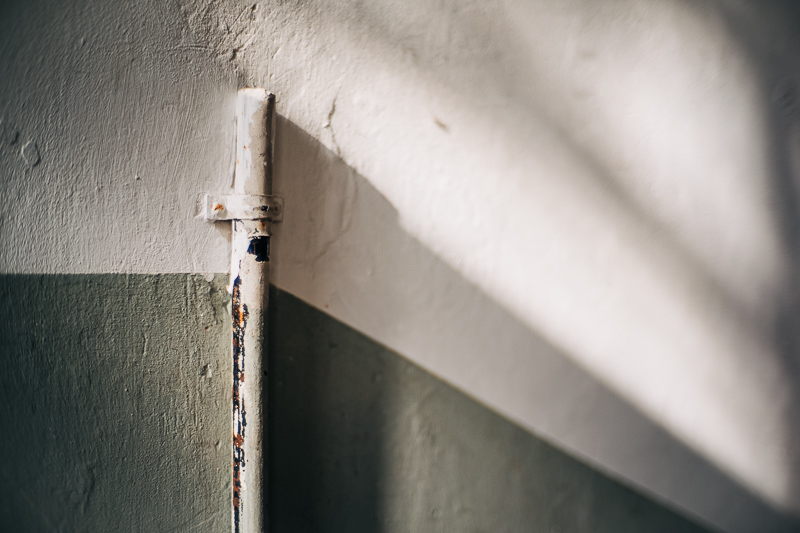
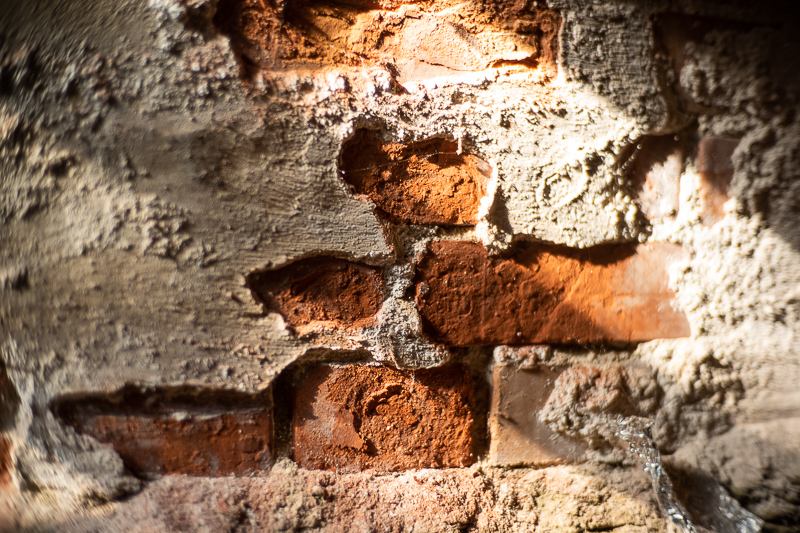
Many people also took a dive into macro photography, but this is simply not something I found too enjoyable, I guess I lack the patience needed to do that. Nevertheless exploring flowers or every day objects at home with a macro lens can also yield stunning pictures.
Now we leave the house and have a look what we can find on the street.
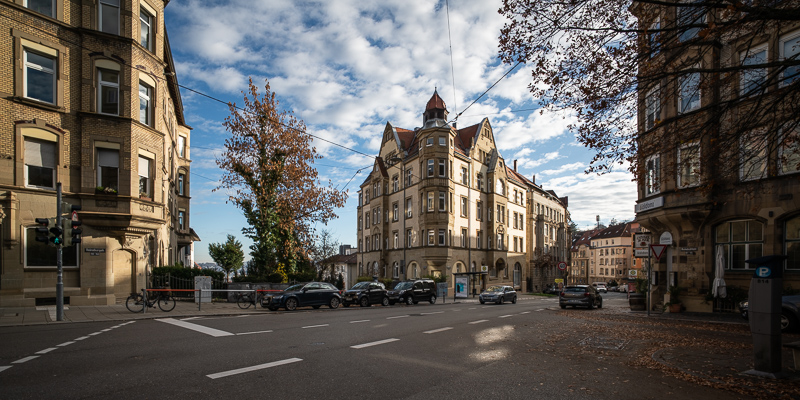
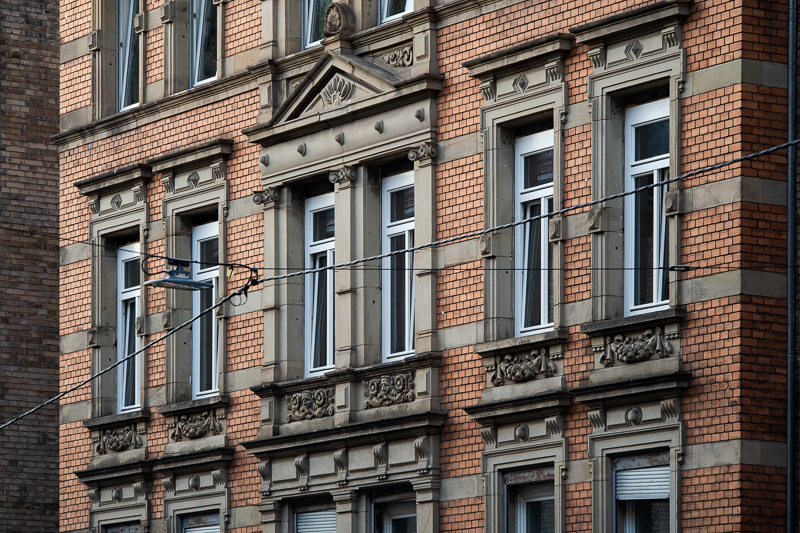
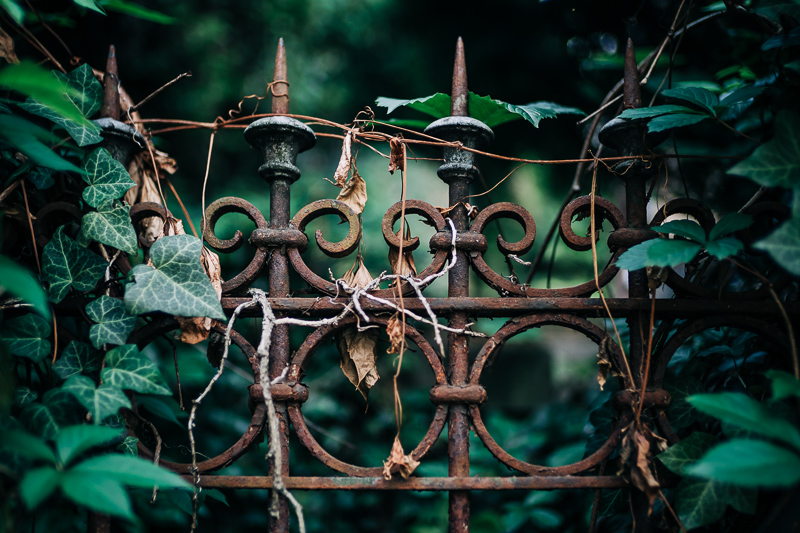
In the street I live now I found some interesting (meaning older) buildings with nice facade. Many also feature interesting metal gates, often corroded, damaged or overgrown. There are also some small shops and restaurants where there is always something interesting to see:
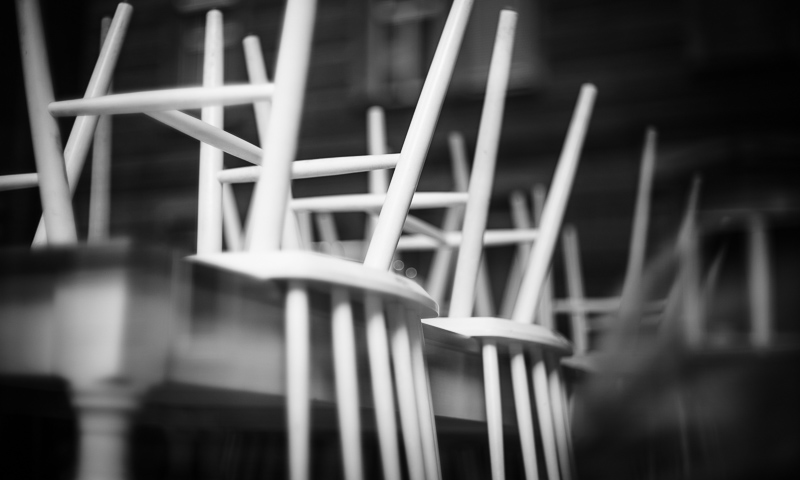
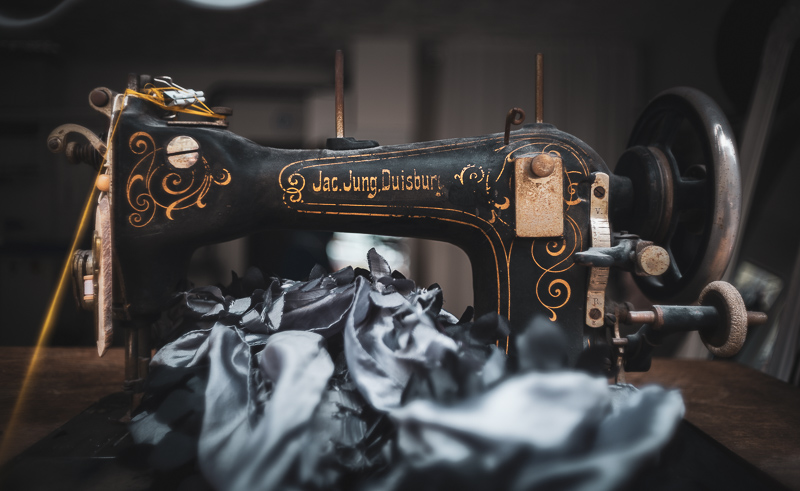
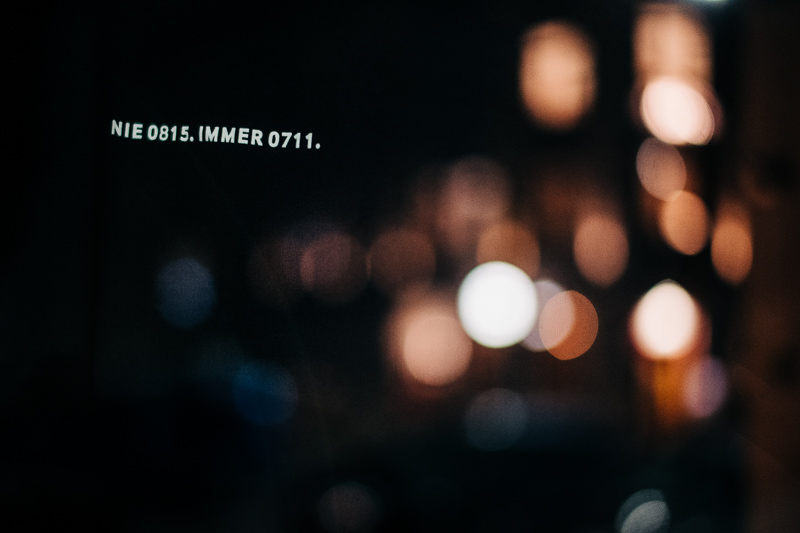
You might get the impression I am living in the nicest street of the city, but actually, I don’t think so. It is usually full of cars parking by the sides and there are trash cans and trash bags everywhere.
Before I moved here I was living in a part of the city no one would voluntarily visit with taking pictures in mind either, yet there was a tiny train station and an old firehouse I often visited trying to take interesting pictures.
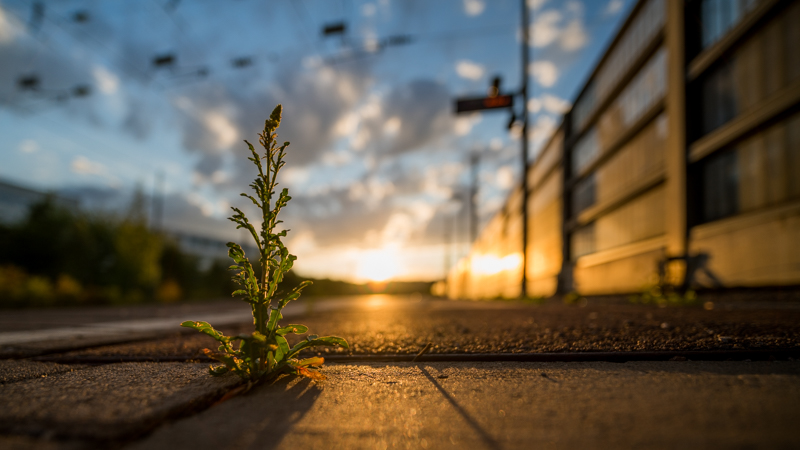
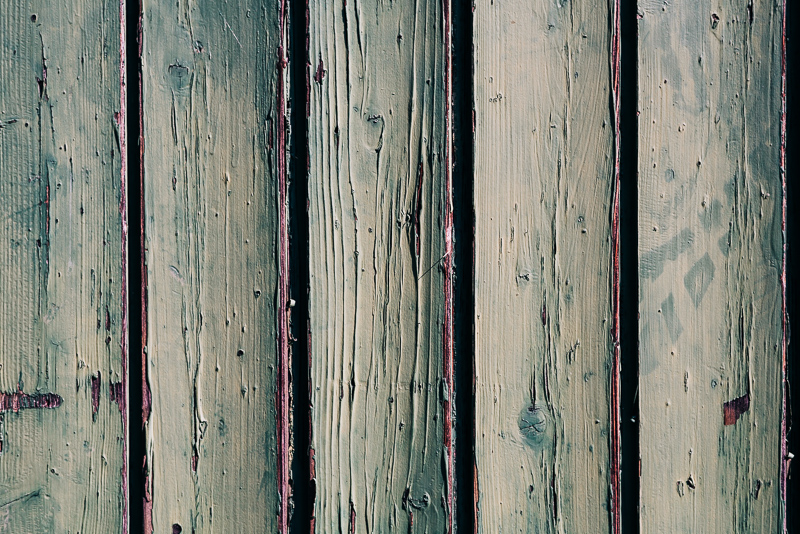
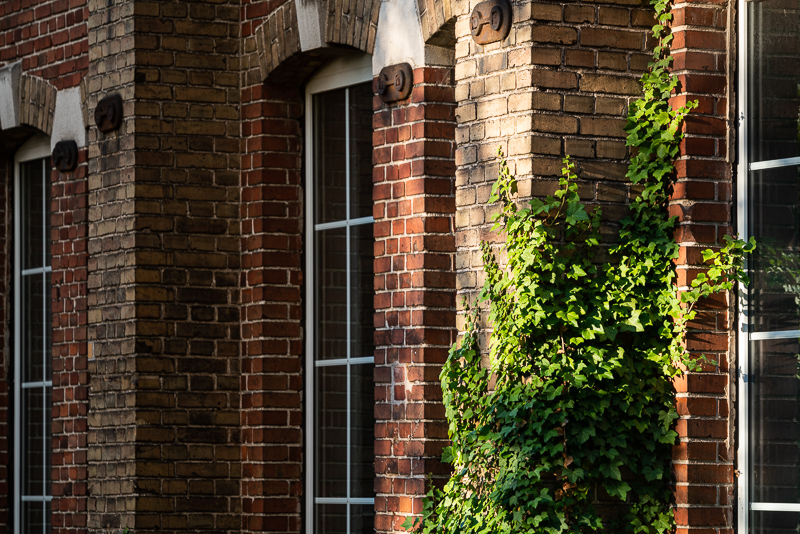
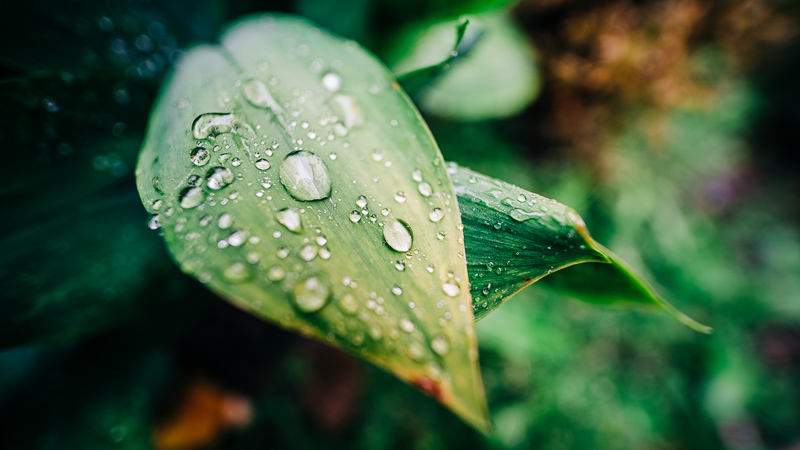
The lonely plant in the first picture by the train station is one of my most liked pictures on flickr and I had to walk only two minutes to get there. The last picture of the leave with the waterdrops I actually discovered right in front of the building where I used to live.
Now if we look at a whole city there are endless possibilites. When you live close to something you can also really wait for the right weather and lighting conditions and try to take the best picture possible. I tried to do that for the Mercedes Museum here. With different lighting, weather and time of the year/day the character of the building changes significantly, so it can make sense to go back to the same place more than once.
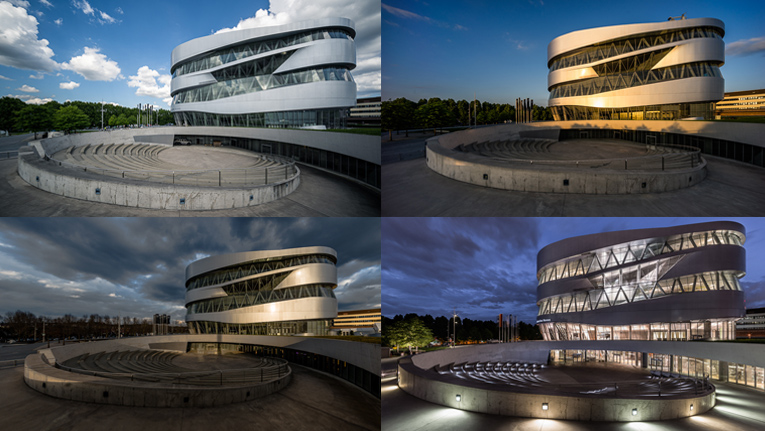
When I was first visiting this lookout point it was a dull scenery, it took several months, but one saturday morning I noticed the perfect sky, so I grabbed my bike and went there again as fast as possible:
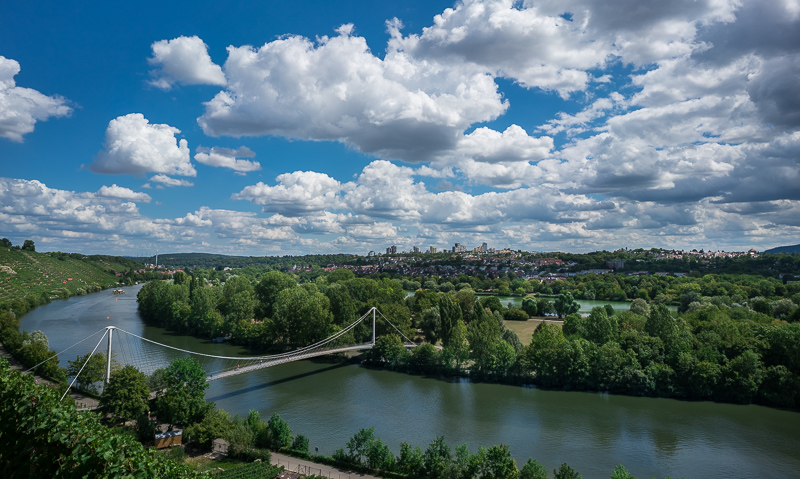
Also whenever I visit this castle I take a picture of it because light and sky are always different. So far this is my favorite, but maybe one day I will see an even nicer scenery?
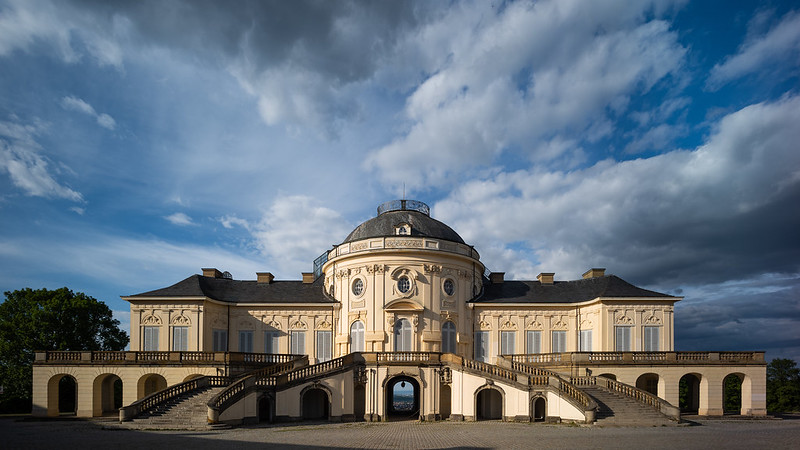
This weir I walked past innumerous times, it never appealed to me. But then that one time it was hit by the low sun and the reflections were as calm as can be and I was really happy to have a camera with me:
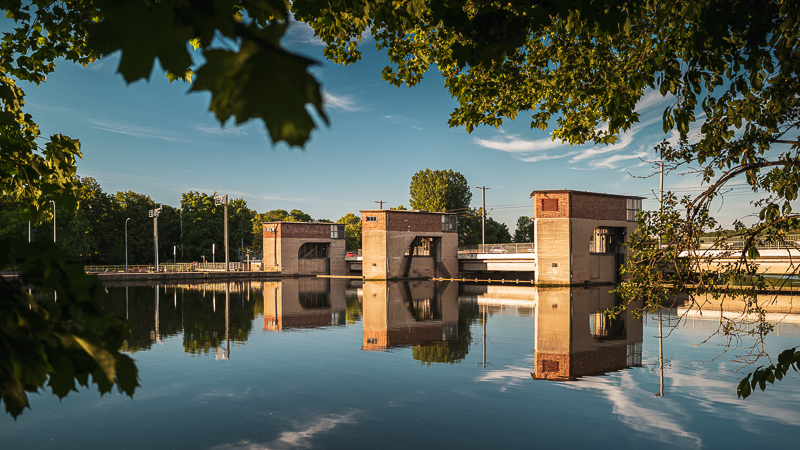
One evening I took a walk and the weather wasn’t great, a bit gloomy, nothing spectacular. But then suddenly the sky turned purple and I rested my camera on a trash can to be able to take a picture at a lower ISO setting as I did not even remotely think it would be worthwhile to bring a (mini) tripod!
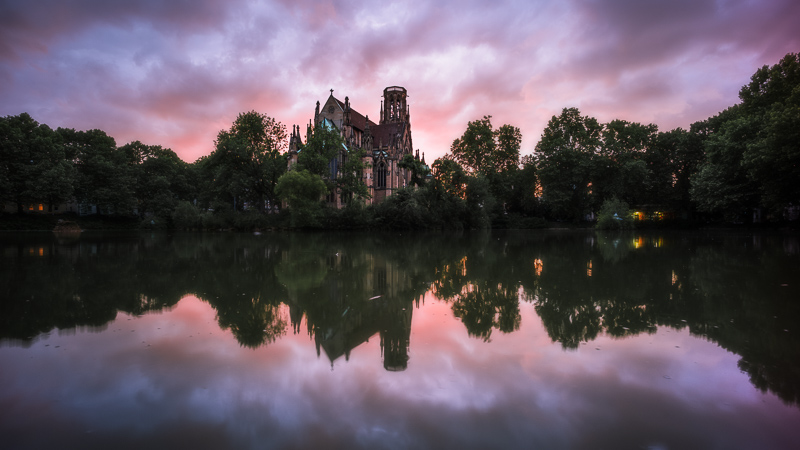
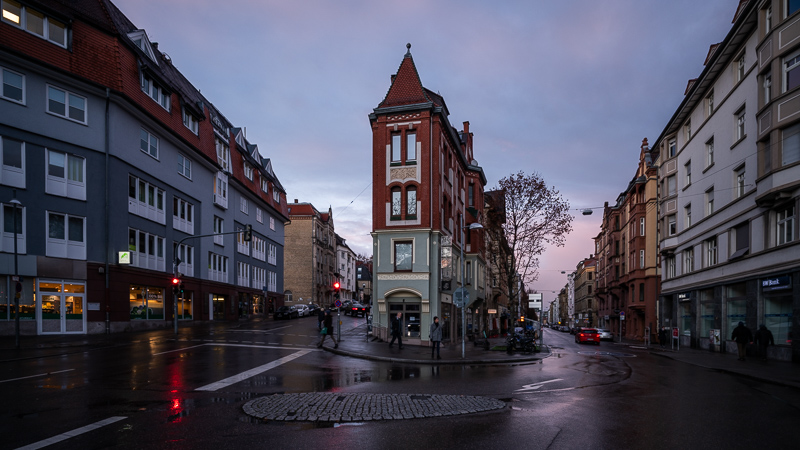
While exploring the city and its surroundings with a more open mind I also found some great locations I didn’t know about and that you won’t find on anyone’s “greatest photo spots in Stuttgart” list, like this picturesque staircase in a public building:
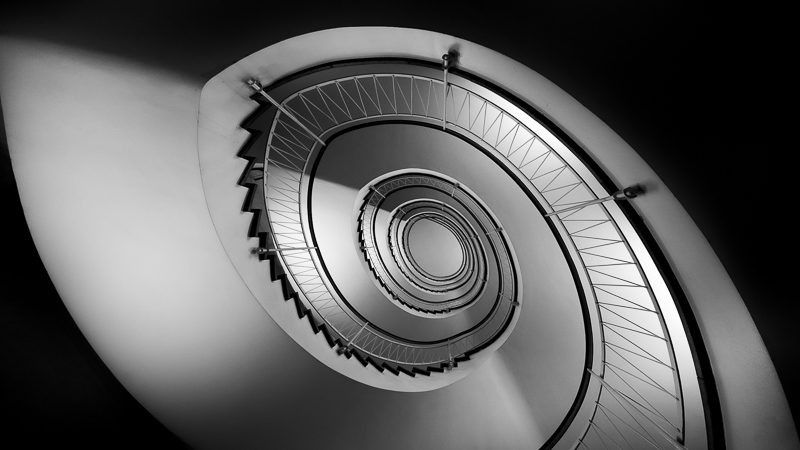
Now this spot by the river Rems (technically it does not belong to Stuttgart anymore, but as it was only 20 min away from where I lived at that time I say it still counts 🙂 ) actually turned out to be the picture I printed the biggest yet and is hanging behind me on the wall while I am writing these very lines.
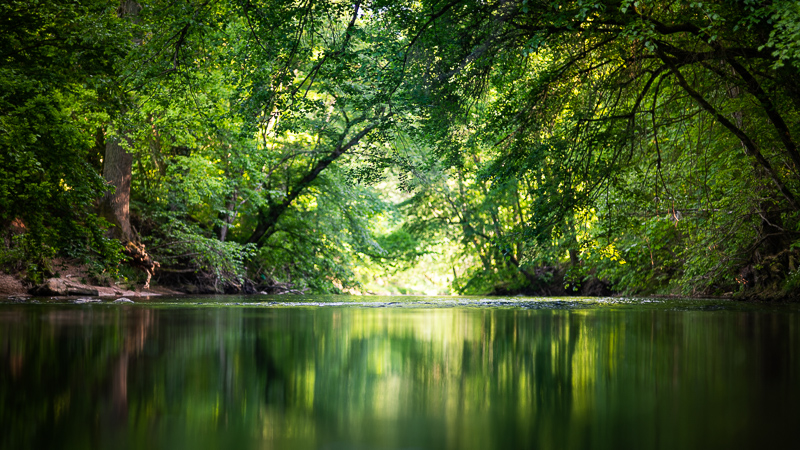
And this is why I wanted to show it here: it is not the most exotic place or even the one farthest away, yet I decided to print this one and hang it on the wall and not one of the pictures from Japan at the beginning of this article. I am pretty sure part of the reason for that is, that I feel this one actually being my picture, and not one that you can find in a very similar way a thousand times on the Internet, in magazines or calendars. And this can be very rewarding.
So what is the take-away-message here? That you should move to Stuttgart? Better not, the traffic here is a complete mess and the average rent totally overpriced. Because of its topology it also somewhat sucks for sunset pictures…
But maybe try to experience your surroundings in a more open minded way. Go to streets you haven’t been to before, check out parks or forests close by. Bring a camera even when the light looks boring and especially when it doesn’t. Memorize interesting places when the conditions are bad and come back when they are better. A different lens can also give a different perspective (pun intended).
And this brings me to the next section, we will think of some things you may find close to where you live, but that you may have overlooked so far.
What you may find
Now I am living in one of Germany’s biggest cities with roughly 630.000 residents. So some of you might think: “Yeah sure, that guy lives in a big city, of course there are plenty of photo opportunities!”
But that is the whole point here: don’t waste time complaining about the things you cannot find close by, try to look at the opportunities instead. There are plenty of things I would like to take pictures of that I cannot find close by, but maybe you do?
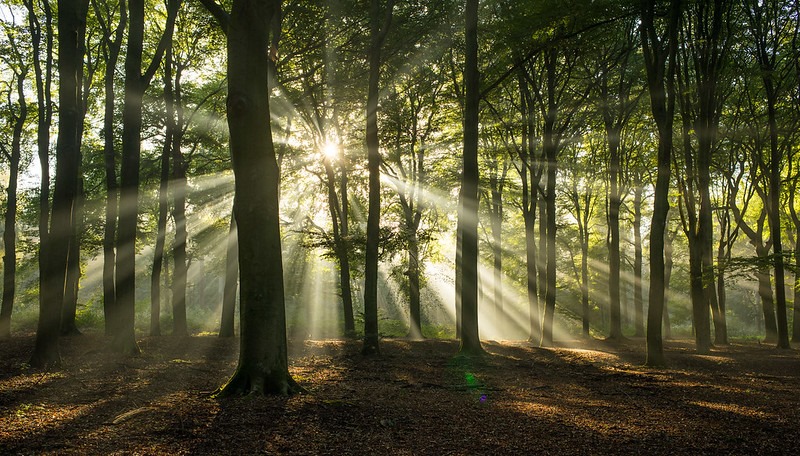
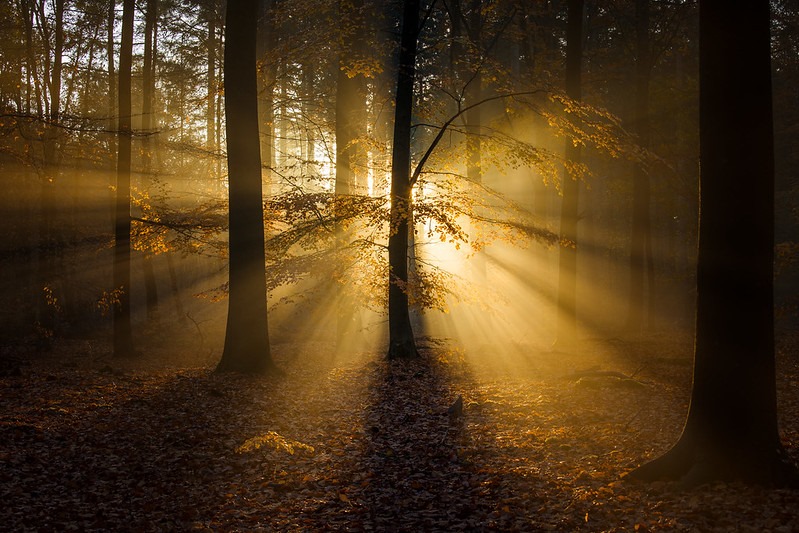
I would love to live really close to a forest so whenever the forecast says it might be misty I could be there in a few minutes and take pictures of sunrays breaking through the fog.
I greatly enjoy looking at the beech forest pictures from the Netherlands by my colleague Juriaan (like the two above) or Albert Dros and I don’t feel that the forests close by are even remotely as nice, but I am still trying my best here with what I have got:
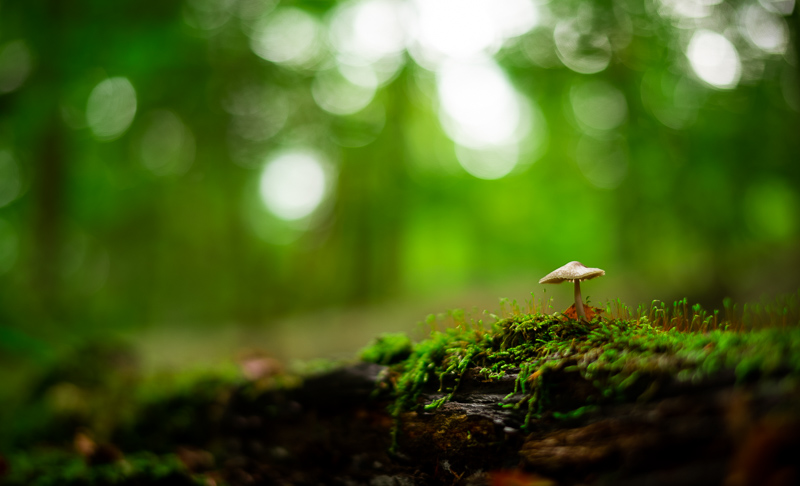
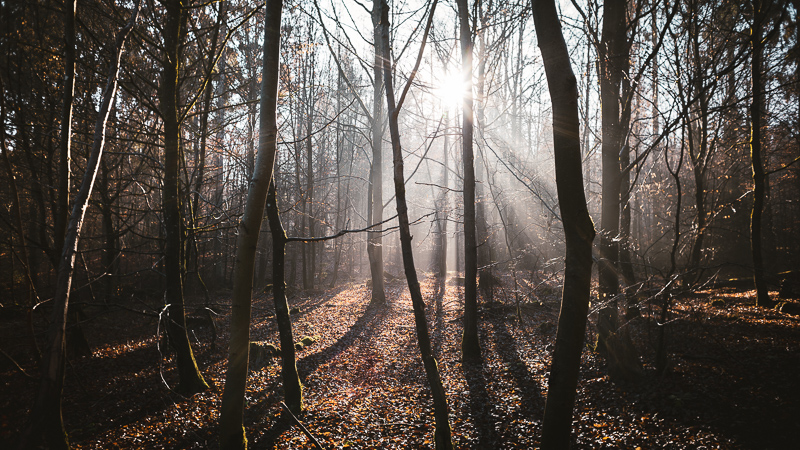
At old barns or farms there can be plenty of things to take interesting pictures of, old carriages, run down sheds, vehicles with plenty of corrosion and great texture.
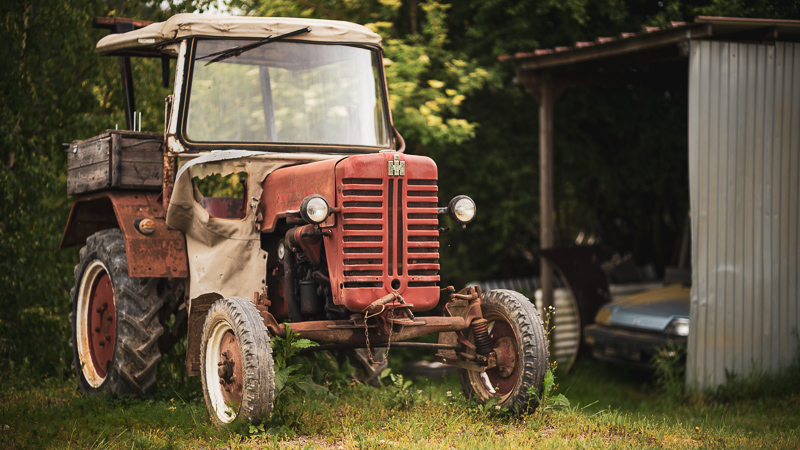
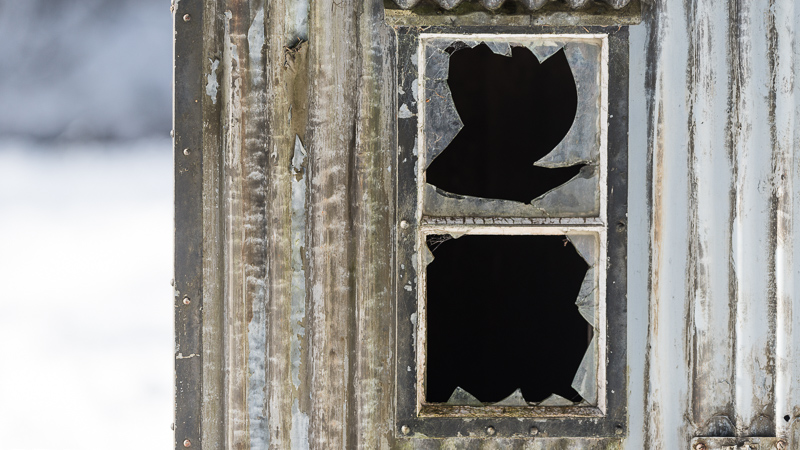
Same is also true for older train stations, I am always jealous of David when he shows me pictures of the historical Australian train stations from New South Wales like this one:
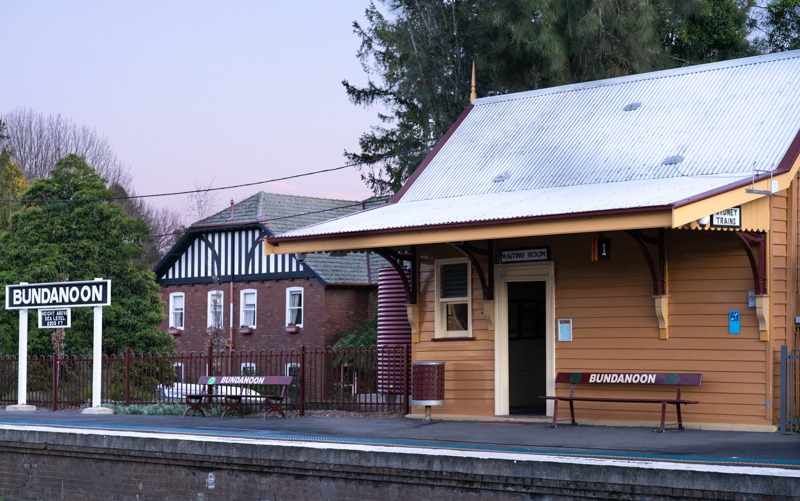
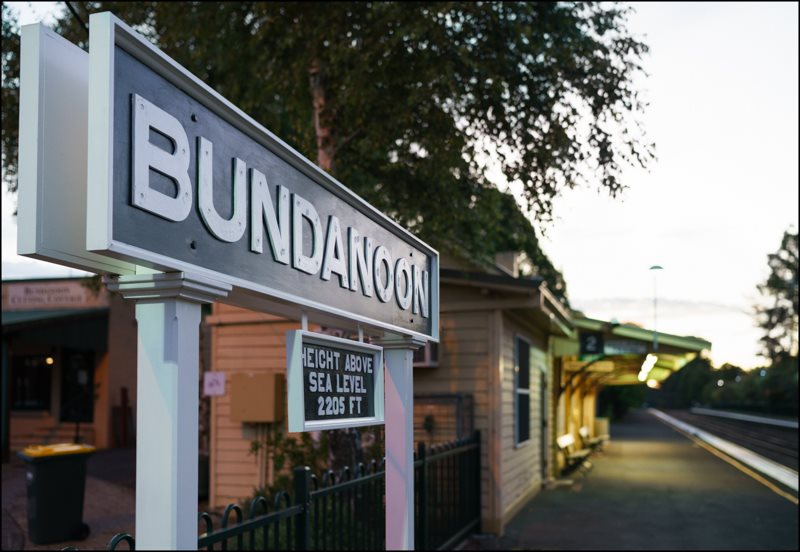
If I lived in a more rural area with little light pollution I could do way more astrophotography, as it is now I have to drive two hours for that and more than once I had to go back without a single picture taken because the weather was worse than expected.
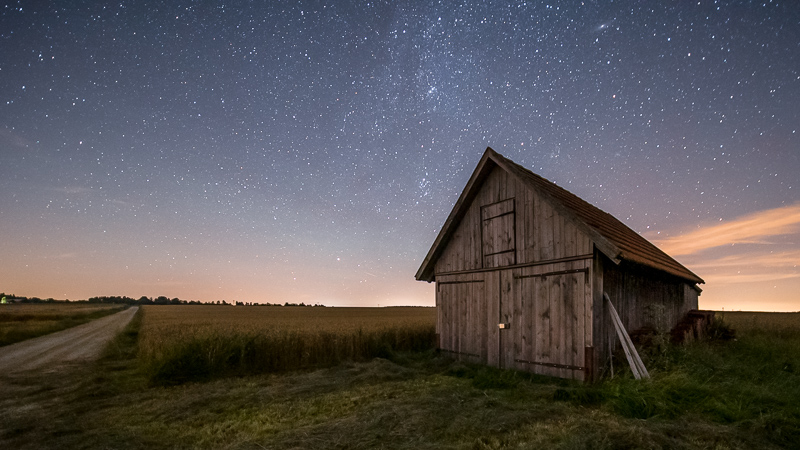
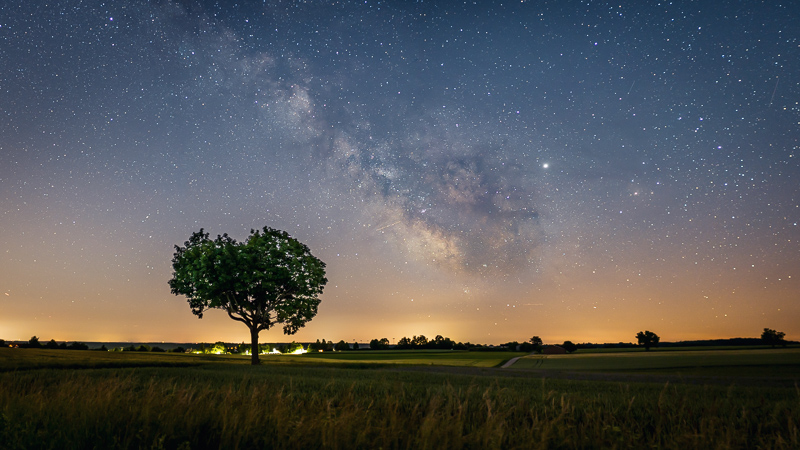
Any bigger lake with a run down jetty – or even better: having the sea close by – allows for great photography opportunities as well. If I want to see the actual sea I have to drive six and a half hours. Maybe it is less for you?
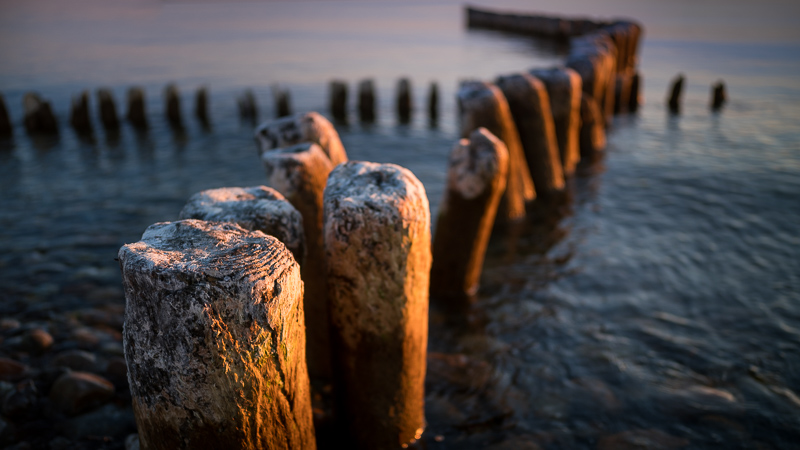
If you live by a river there might even a harbour near by. I am always fascinated by all the things you can see in a harbour, especially the colorful things:
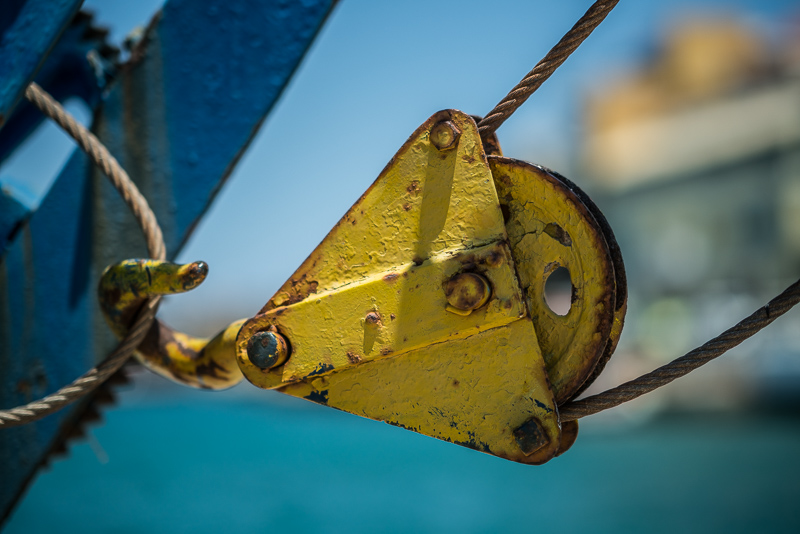
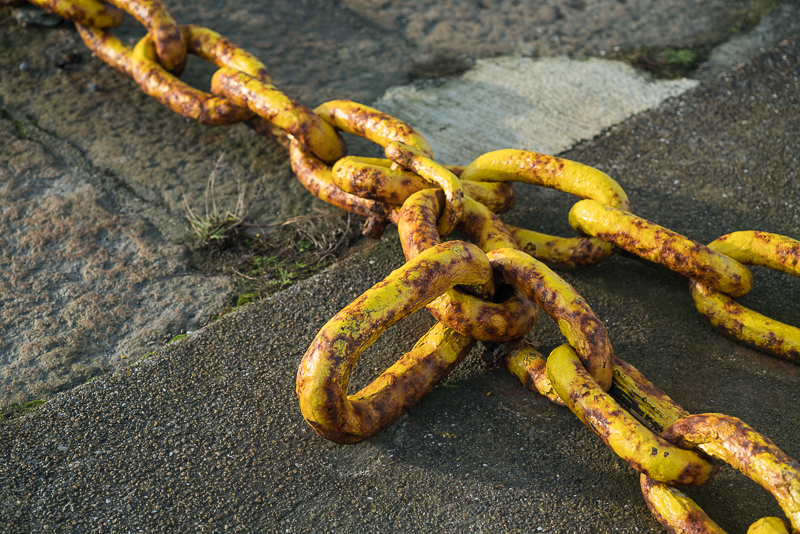
I am also really drawn to lively markets and especially wet markets in Asia (again, something you cannot find here). Apparently most locals would never go there to take pictures, whereas I could spend countless hours there.
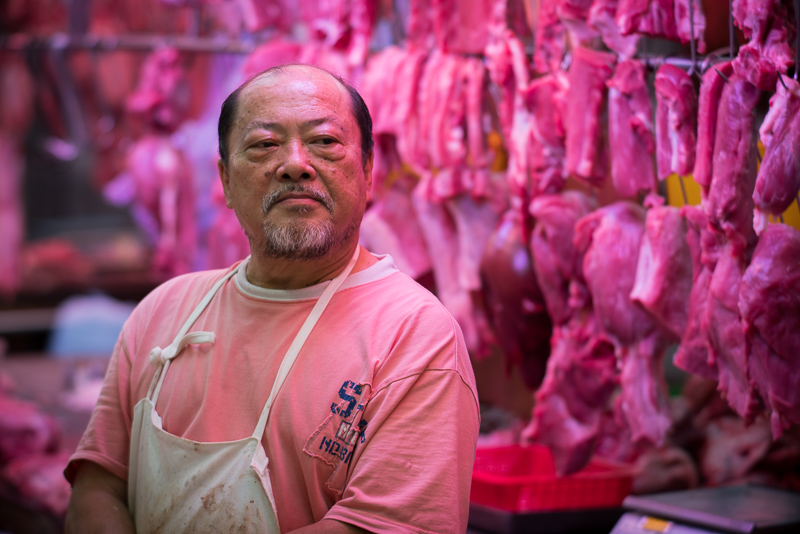
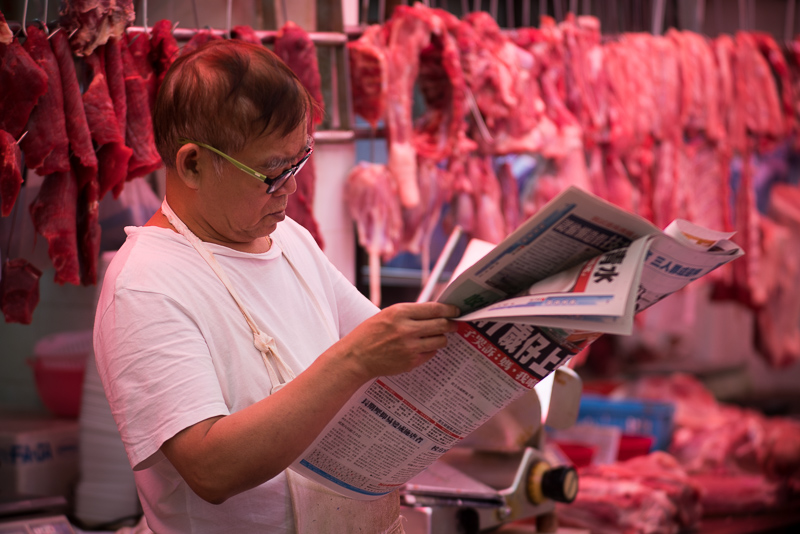
These are only some things I could think of – not that there could be a complete list – and obviously I have no idea where you live, and what you can find there, but I am sure there is something interesting to see.
What now
I hope I could give you some ideas or motivate you to explore your surroundings and find something interesting to take pictures of, even if it has not been your favorite subject matter in the past.
Another benefit is that you get to know your gear better and you will also improve your eyes and your photography skills which will be helpful no matter what you are taking pictures of.
Update: a follow up article is now available
Finding photo opportunities near home – Part 2
Further Reading
- Sony FE lenses: Our comprehensive and independent guide
- How to take better pictures?
- How I edit my pictures?
- Review: Zeiss Loxia 21mm 2.8
Support Us
Did you find this article useful or just liked reading it? Treat us to a coffee!
![]()
![]()
![]() via Paypal
via Paypal
This site contains affiliate links. If you make a purchase using any of the links marked as affiliate links, I may receive a small commission at no additional cost to you. This helps support the creation of future content.
Latest posts by BastianK (see all)
- The Best Fullframe Lenses from China - November 24, 2025
- Review: Mr. Ding Optics 50mm 1.2 Noxlux Z - November 23, 2025
- Analogue Adventures – Part 46: Fujichrome Provia 400F (expired) - November 19, 2025
Love this! And spying some more MS-Optics in there 👀
Good eyes 🙂
This is a really good article, and something that I have been pondering during this third full lockdown in the UK.
I guess you make the most pertinent point about the Asian wet markets: to Western eyes, they are full of excitement, and interest, and things out of the ordinary, so we could shoot there for ours. Perhaps for local people, this isn’t so. Would you go and shoot for hours at your local supermarket? I doubt it.
But you’re right, it’s about making the most out of what you have, not bemoaning what you don’t have access to.
This article resonates with me so much as it has been my approach to my photography hobby for the last year. The one positive thing coming out of the lockdowns and not commuting to work has been the extra time to walk around my general area with my camera and practise.
Like the style of your B&W pictures!
Great! For me this is a reinforcement, so thank you!
Glad to hear that you like it!
I think there are more to this that should need to be mentioned. The tourism orientated advertising campaigns that go on endlessly through the internet and social media, inviting tourists to the places, making those places known world wide to the point where it becomes some sort of selfie Mecca which has to be visited by the believers at least once in their lives….
Yes those places really look good, I can`t deny that, they suck you in by the scenery or history or whatever the reason might be. I guess every country has those spots that the tourists are attracted the most to. Japan in particular due to really different culture as well. Havent been there, but I myself, like everyone else I know, kind of have that cultural shock idea that the Japan is completely different world where each step you take in the city is filled with cultural shock if you are walking there for the first time in your life. Personally I think it is over exaggerated, but since I havent been there I cant tell for sure.
So knowing that, its clear to me that nearly everything you see there is worthy of a click, there for giving endless opportunities of exploration. This can not be compared to your home environment, not only because you see the same stuff everyday, but simply because of that understanding – for you, everything around you, your environment is casual. Same also goes for your friends and neighbors because they live around you. So even if you notice something extraordinary around your house, others might not see that the same way, making your images less appealing to them.
Nevertheless I am not saying that you can`t find something extraordinary in your neighborhood. But those images most likely will be extraordinary for the people that havent seen them, that live somewhere outside of that area.
In this case, if you want to see something new without changing your destination to the very far country, you have to change your exploration time.
Early morning is completely different world that majority of people never see, same as late night. Although the experience of waking up without knowing if the conditions are perfect might discourage some photographers.
Experimenting with different gear might also help to cease boredom. Investing some money in Infrared camera might be worth awhile. It doesnt have to be perfect, and there are cheap DSLR bodies on the market today, converting one in to IR can be done cheaply too. Results will be totaly different from what the human eye can see, introducing very different world with different opportunities. Especially for black and white photography, making it very surreal and dramatic.
It is a good idea to walk through known areas with a different mindset. Really paying attention to the things that escape us everyday. Myself I am going less and less for classic urban photography (like streets and buildings) and more for textures and structures like concrete, glass, asphalt and such things.
i find shooting “hotspots” when i was travelling alot of fun most of the time.
Still i also cannot relate to any of those impressive photos as much as to a photo of a local spot when conditions arejust right.
Funny enough i submitted 2 landscape photos to a competition of my local newspaper, one was a great picture in one of a kind conditions from a local spot and the other from the Namib desert. The latter ranked much higher, which is amazing to me because it means alot less to me…
People tend to be impressed by things they’ve never seen before, but it seems to a temporary thing.
Great article and stunning images as always. Being “stuck” in a local area with limited opportunity to travel certainly forces you to look for new sources of inspiration and compositions.
I have to admit since the beginning of the lockdown I’ve set myself new challenges or themes for subject to photograph (e.g local graffiti)
I really miss photographing events and concerts…something for which I haven’t found a temporary replacement yet.
Luckily I also enjoy landscape and architecture too as well as long exposures. I’ve had creative periods during the pandemic but also quite a few months where I found it very hard to be inspired by anything
I live in a town where the majority of photos you find online or particularly on Instagram are almost always of local landmarks such as the castle which dominates the town. Trying to find stuff to photograph other than the famous landmarks can be difficult. I still take pictures of these landmarks occasionally but only if its from is a different perspective or with interesting light.
A lot of my lenses were chosen for event photography which means they are no t getting as much use or I’m trying to find other subjects to use them on. I used the opportunity to sell some of my kit last year too
Great article. Thank you so much for your inspiration, Bastian! Your example with the Mercedes Benz Museum reminds me of my photowalks, which by now go to the same places over and over again. I have tried a lot of new things in the last year, including shooting film again and found a lot of fun doing it. Keep it up!
Thanks for sharing. It is comforting to know we all have at a minimum our own little corner of the world in which to roam and practice our creativity. Mine happens to be Southern Arizona and I am blessed with beautiful and unique landscapes that I often try to capture. I really enjoy your articles in general but actually pay more attention to your photography style and the images you create with different cameras and lenses. Keep having fun and keep up the excellent work, I wish you and all contributors to this website continued success.
Lovely article, can’t agree more! Gave me the idea to visit spme more wetmarkets here in Singapore.
Great article with some lovely photos. Thank you.
I am amazed by the range of lenses you shoot with. Is this from testing or something that you generally do? You seem to have them well under control!
I say this as I get confused by different focal lengths – I mean if I try a new lens I might think the pictures are good just because (its new or different.)
Similarly when trying new things or new places I often revert back to my standard focal length in order to not to be overwhelded.
Ah it may not look like it but I try to keep the lenses I own to a minimum. So the review work is the main reason you see so many different lenses being used here 😊
Nice article. I remember walking the dog for years mostly the same ways. I always had my camera (back then something really cheap). I captured many nice pictures that I love until today. Then over the years I got too focused on camera tech. I was at a point where my photography did not get better anymore. I realised for myself, its important to have a camera with me everywhere I go instead of thinking about lenses, like I did before. So this article is very welcome for my own mindset. Thank you.
One thing I forgot to ask: do you shoot mostly wide open (even landscape) for that special dreamy look with nice out of focus renderings? Or is there another reason?
I like it a lot and sometimes do the same.
I am glad you enjoyed the article 🙂
If you are talking about the pictures from the bamboo forest and the red wooden bridge, yes, here I wanted that dreamy look,
but some of the 15mm shots I had to take wide open because I didn’t bring a tripod, I am not a good role model here 🙂